

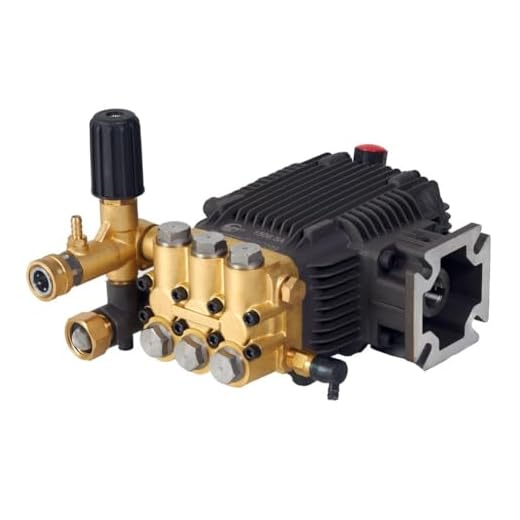

For optimal performance, expect a standard cleaning apparatus to release water at speeds ranging from 1300 to 3000 PSI (pounds per square inch). The velocity of the liquid can significantly influence cleaning efficacy, making it essential to choose an appropriate model based on the task at hand.
For light-duty chores, such as cleaning patios and vehicles, units with lower pressure ratings, around 1300 to 1900 PSI, provide adequate force without overwhelming softer surfaces. Conversely, for heavier tasks like stripping paint or tackling ingrained dirt on concrete, selection of a model delivering 2500 to 3000 PSI is advisable to achieve effective results.
Understanding the nozzle size and type also plays a crucial role in determining how water is projected. A narrow nozzle will concentrate the stream, increasing water speed and impact, while a wider nozzle will disperse water over a larger area, reducing pressure but covering more surface in less time. Selecting the right configuration for your needs will enhance your cleaning experience.
Water Velocity of Cleaning Equipment
The velocity of liquid from cleaning devices varies significantly, typically reaching between 40 to 60 m/s (metres per second). This range allows for effective removal of dirt, grime, and stains from a variety of surfaces. The specific model and nozzle type play critical roles in determining the exact speed.
Factors Influencing Liquid Velocity
Numerous elements can impact the rate at which liquid exits the equipment. One major aspect is the pump’s power; devices with higher PSI (pounds per square inch) ratings usually propel liquid at accelerated speeds. Additionally, the size of the nozzle affects the output; narrower nozzles concentrate the stream, enhancing pressure and speed.
Choosing the Right Equipment
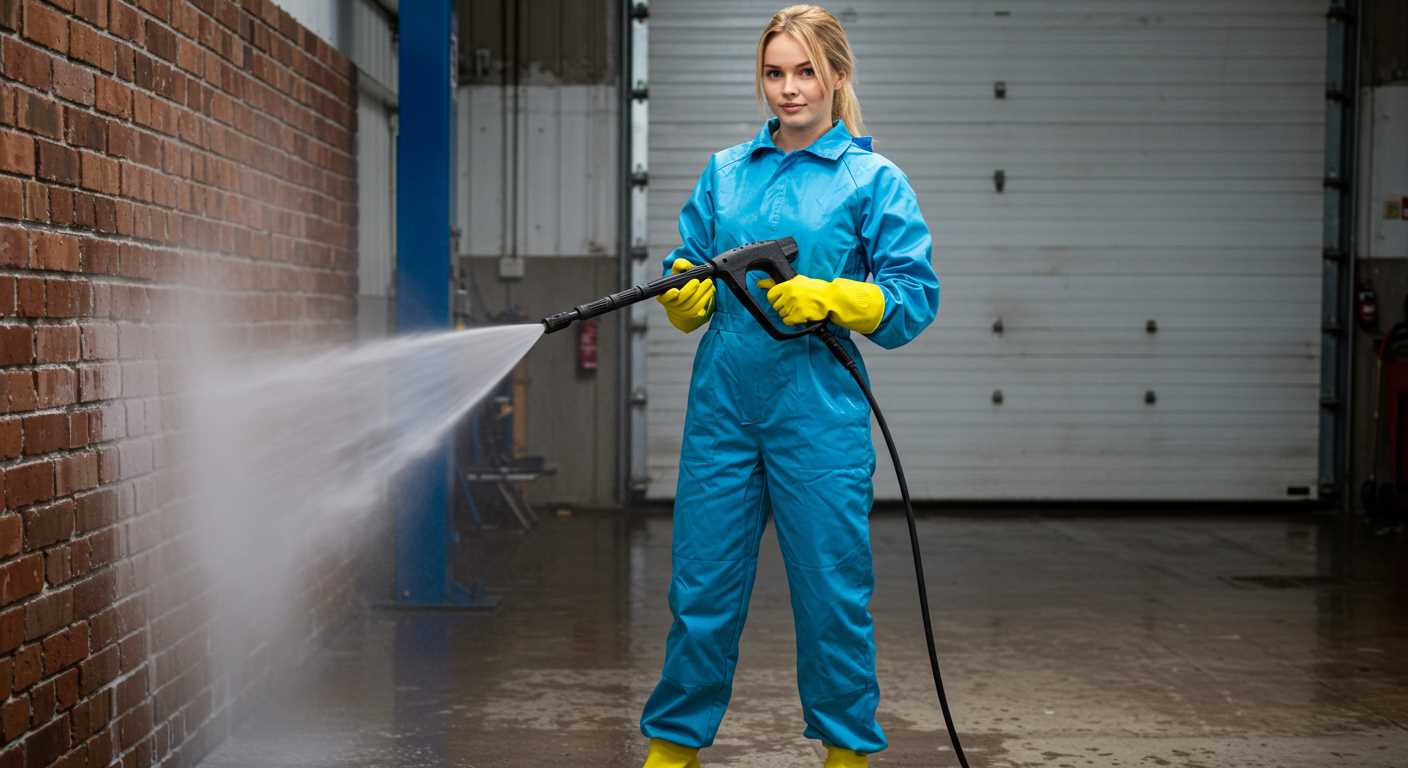
When selecting a model, consider the intended applications. For heavier tasks like stripping paint, options offering greater velocity are preferable, while lighter cleaning can utilise lower-speed alternatives. Understanding your specific requirements ensures optimal results and efficiency during usage.
Understanding Water Pressure Measurements in PSI
Water pressure, measured in PSI (pounds per square inch), is a key factor influencing the performance of cleaning devices. Selecting the right PSI rating is crucial for achieving desired cleaning results without damaging surfaces.
Here’s my expert breakdown of PSI ratings:
- Low PSI (1000 – 1500 PSI): Ideal for delicate surfaces like cars, patios, and outdoor furniture. This range provides a gentle cleaning action, preventing damage.
- Medium PSI (1500 – 2000 PSI): Suitable for general-purpose cleaning tasks, including wooden decks, fences, and siding. This level offers a balance between power and safety.
- High PSI (2000 – 3000 PSI): Recommended for tough jobs such as stripping paint or removing grime from concrete and brick surfaces. Extra caution is needed to avoid etching.
- Very High PSI (3000+ PSI): Reserved for heavy-duty tasks, often used in commercial applications. Such power can cause damage to most surfaces, requiring specific techniques and accessories.
When selecting equipment, consider the following:
- Match the pressure rating to the surface you’re cleaning. Always start with the lowest PSI and increase gradually if needed.
- Utilise adjustable nozzles. These allow for versatility in pressure settings without changing devices.
- Factor in distance. The closer the nozzle is to the surface, the higher the impact of pressure; maintain an appropriate distance to prevent damage.
Understanding these measurements ensures effective and safe cleaning, minimising risks while maximising results.
Factors Affecting Water Velocity in Pressure Washers
Several elements significantly influence the speed at which liquid exits these cleaning devices. Understanding these variables can enhance your cleaning efficiency and ensure optimal performance during use.
1. Pump Design and Type
The configuration and technology of the pump play a critical role. Triplex pumps often deliver higher flow rates and increased kinetic energy compared to axial pumps. This difference can lead to a notable variation in the velocity of the stream produced. Choosing a unit with a well-designed pump suited for your specific tasks ensures greater cleaning effectiveness.
2. Nozzle Selection
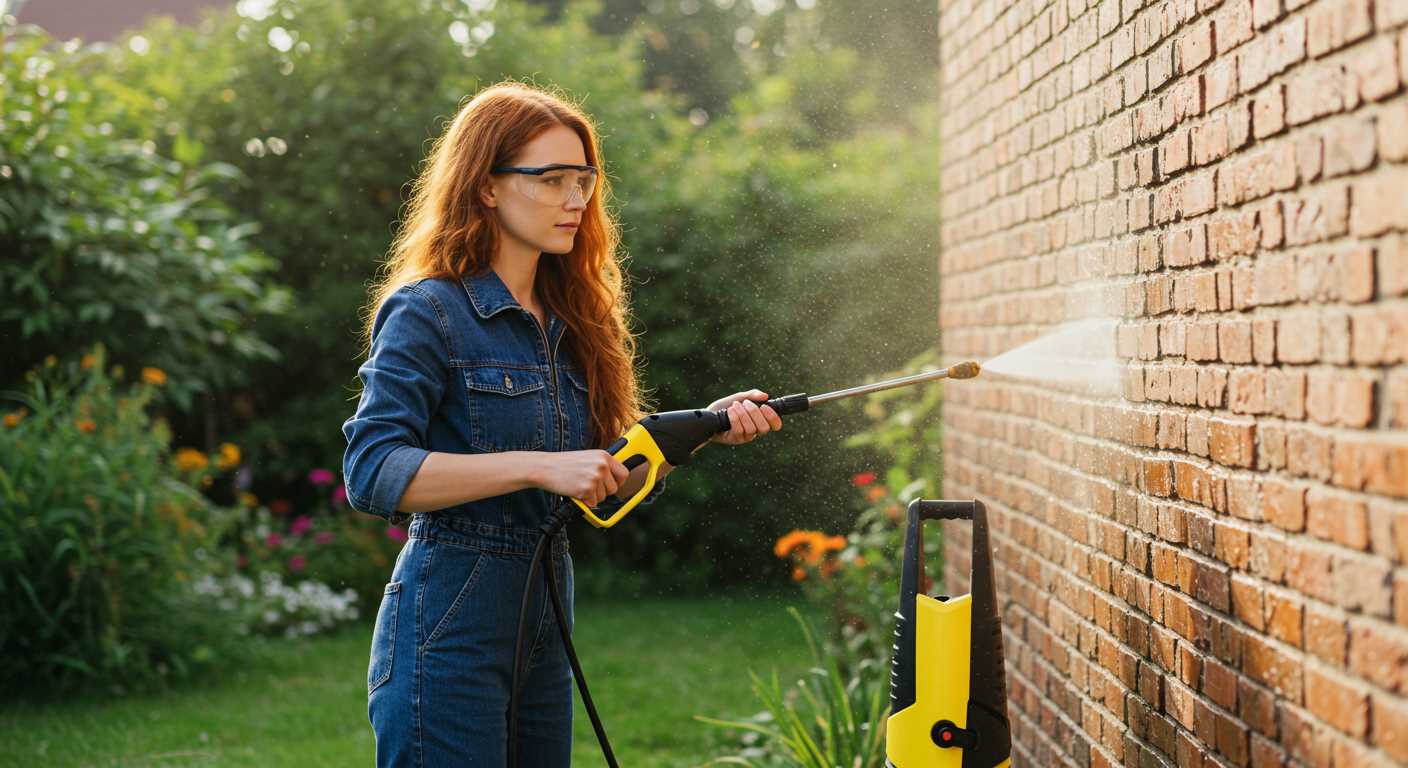
The type and size of the nozzle directly affect the liquid’s exit velocity. A narrower nozzle orifice increases speed, concentrating power for more stubborn stains, while a wider nozzle disperses the flow, broadening coverage but diminishing impact. Selecting the right nozzle for your cleaning needs can optimize both pressure and flow rate for desired results.
Considering these factors will permit a more informed choice when selecting a cleaning machine and enhance overall productivity during cleaning tasks.
Comparing Flow Rates: GPM vs. PSI
In my experience, the distinction between flow rate, measured in gallons per minute (GPM), and pressure, indicated in pounds per square inch (PSI), is critical for selecting the appropriate equipment. GPM represents the amount of liquid expelled by the unit in a minute, while PSI quantifies the force of water exiting the nozzle. High GPM typically means greater cleaning efficiency for larger areas, as more fluid can cover the surface quickly. However, it is essential to complement this with adequate PSI to ensure effective removal of tough stains and dirt.
When deciding between models, consider the specific task at hand. For instance, a unit with a GPM of 3.0 and a PSI of 2000 can handle large surfaces, but may not be suitable for delicate items requiring lower pressure but higher fluid output. Conversely, a machine with a lower GPM (around 2.0) but a higher PSI (3000) would be more beneficial for specific tough cleaning jobs, such as removing grime from concrete.
Balancing these measurements allows for optimal results. If tackling intricate jobs or surfaces prone to damage, focus on units that offer variable PSI settings. This flexibility enhances control and better meets specific cleaning requirements, facilitating both precision and adaptability.
In summary, understanding the interplay between GPM and PSI is key to achieving desired outcomes. Prioritise your cleaning needs first to select the right specifications, ensuring that both flow rate and pressure work in harmony for effective cleaning.
Real-World Impact of Water Speed on Cleaning Surfaces
In my experience, faster water ejection significantly affects surface cleanliness. The velocity of the stream determines how effectively the grime, oil, and dirt are removed. When using high-speed outflow, sugary residues and embedded soils are much easier to clean than with slower alternatives.
The Importance of Velocity
Cleaning tasks are completed more rapidly when the liquid is propelled at higher speeds. Here are some scenarios where water propulsion speed is critical:
- Concrete Surfaces: Dirt and mould cling tenaciously to rough textures. High-velocity streams lift contaminants without needing vigorous scrubbing.
- Vehicles: For automobiles, removing stubborn road grime necessitates enhanced pressure. Fast water movement helps avoid surface scratches.
- Decks and Patios: Organic growth like moss or algae can be tricky. A swift flow effectively clears these without damaging wooden or composite materials.
Technique and Angle Matter
The impact of speed on cleaning also relates to how the liquid is applied. Optimal angles ensure the fluid directly hits the surface rather than bouncing off. Here are my recommendations for effective usage:
- Always maintain a 45-degree angle for vertical surfaces to maximise impact.
- Adjust the distance based on the velocity; closer for lower speeds and further out for higher speeds, to avoid damage.
- Combine swift bursts with sweeping motions to cover larger areas efficiently.
Ensuring that the right techniques accompany high-speed outflow can yield impressive results, transforming cleaning tasks and minimising effort. Ultimately, understanding how velocity affects your cleaning approach will open new avenues for efficiency and effectiveness in your routine.
Choosing the Right Nozzle for Desired Water Spray Speed
For achieving optimal outcomes, selecting the correct nozzle is paramount. Nozzles are designed to alter the spray pattern and intensity, directly influencing the velocity of the liquid stream. I recommend using a zero-degree nozzle for targeted, high-speed applications like removing stubborn grime and stains. Conversely, a 25-degree nozzle provides a broader spray that covers larger areas while maintaining decent pressure, ideal for washing vehicles or patios.
Nozzle Types and Their Effects
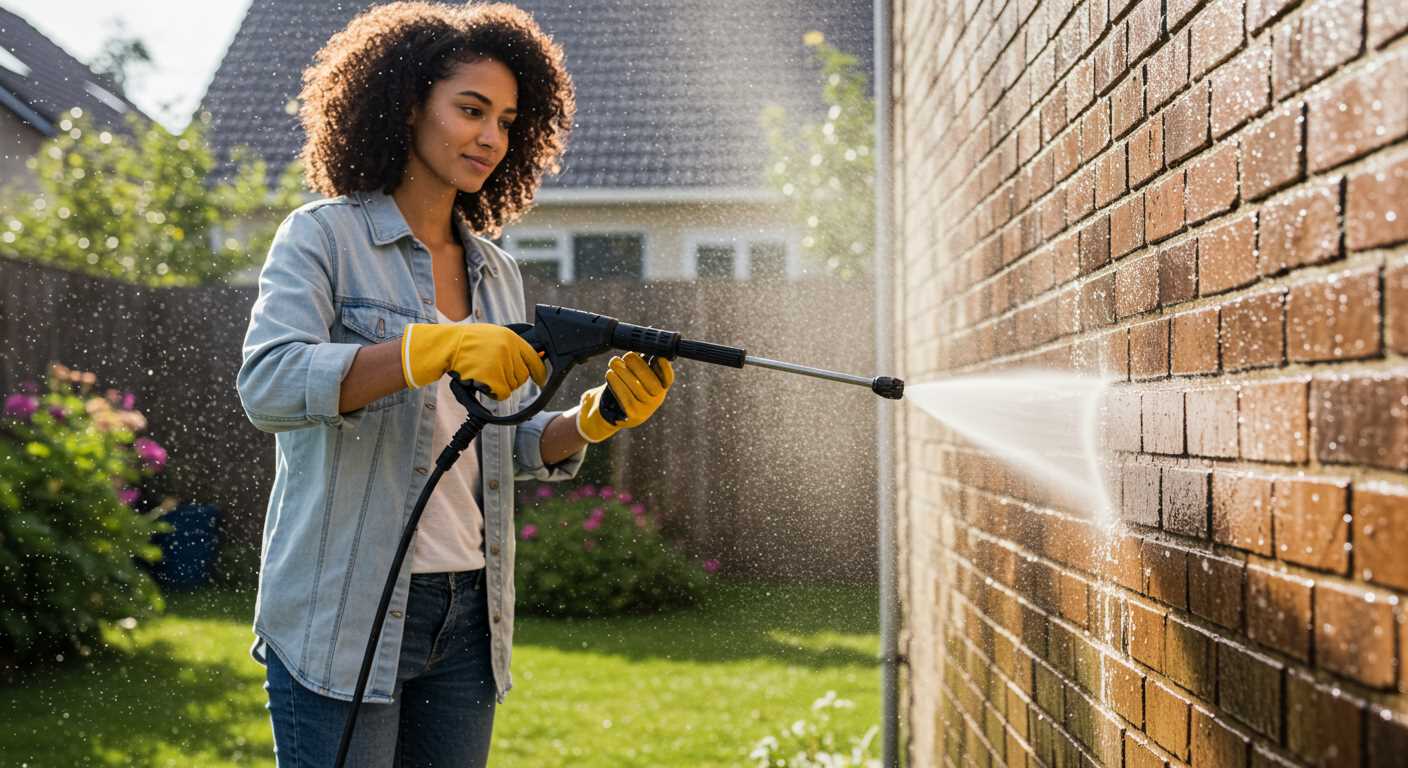
Each nozzle variation serves a specific purpose. The white 40-degree nozzle disperses the flow, making it suitable for rinsing surfaces without the risk of damage. The green 25-degree nozzle balances speed and coverage, which I find excellent for general cleaning tasks. The rotating or turbo nozzle combines the power of a zero-degree and a wider spray, offering a fast, efficient clean for tougher surfaces.
Choosing Based on Surface and Task
When tackling delicate surfaces, lean towards a nozzle that offers a softer touch, such as the 40-degree option. For heavy-duty applications on concrete or metal, choose a more concentrated nozzle to enhance cleaning efficiency. Ultimately, understanding the task and surface condition helps in making the right selection, ensuring I achieve the desired result without risking damage.
Safety Considerations When Using High-Speed Water Jets
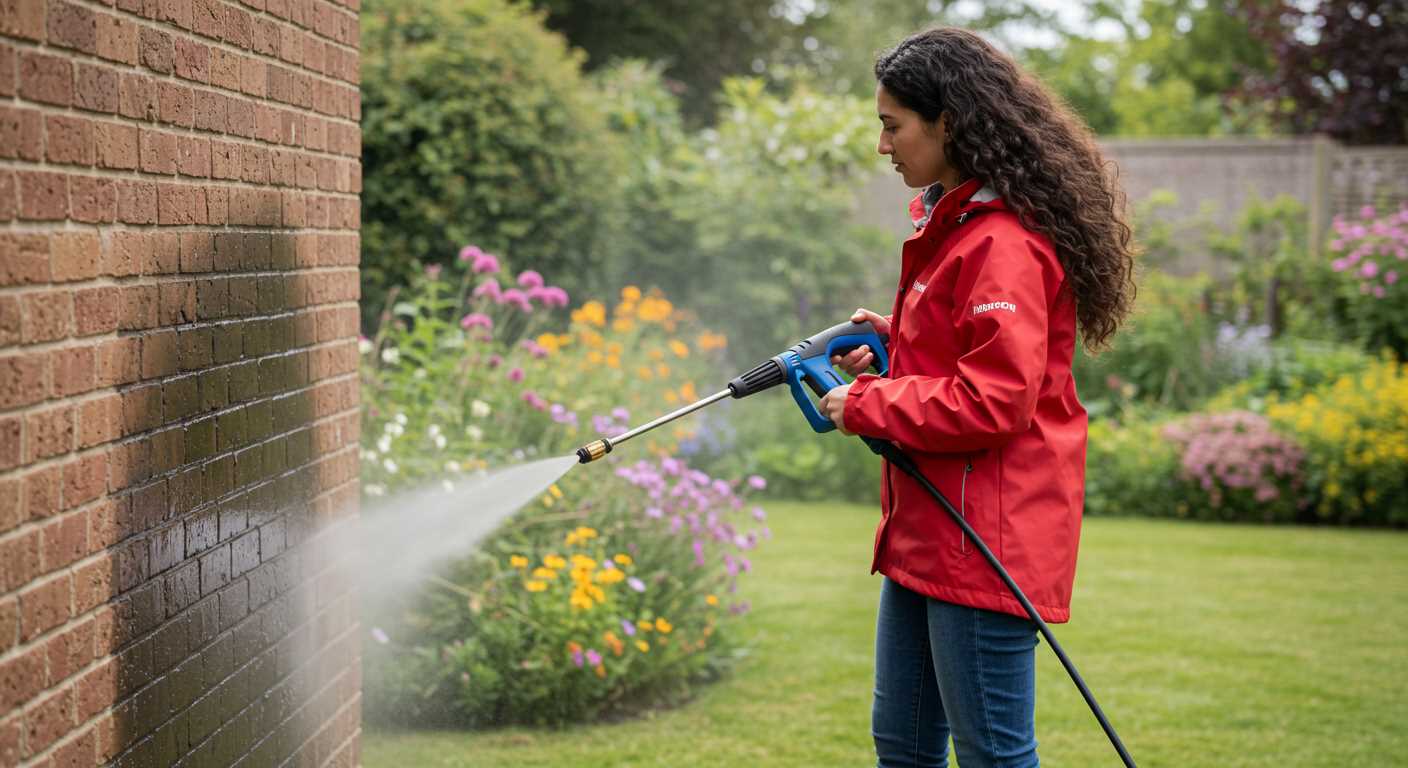
Always wear protective gear, including safety goggles and gloves, to shield yourself from debris and potential injuries during operation. Water jets can dislodge particles from surfaces, causing harm if not properly guarded.
Ensure that you maintain a safe distance from the surface being treated. A minimum of 2-3 feet is recommended to prevent injury from the intense force of the stream and to avoid damaging the surface. Adjust your stance to provide stability and prevent slipping, especially on wet ground.
Inspect equipment before use. Check hoses, connectors, and fittings for wear or leaks. Damaged components can result in unexpected bursts, leading to accidents. Additionally, ensure that all electrical connections are dry and secure to minimise the risk of electric shock.
Be mindful of the surroundings. Clear the area of people, pets, and valuables. Announce your intention to operate the device, ensuring no one inadvertently crosses into the danger zone. Avoid directing the jet towards electrical sources or at a person, regardless of the pressure level.
Understand the power settings on your unit. Start with the lowest setting to gauge the impact before escalating pressure. Familiarity with personal limits allows for better control and reduces the chance of accidents.
Store the equipment safely after use. Detach the hose and any nozzles, ensuring that no residual water is left inside. This prevents mould formation and prolongs the lifespan of your device.
| Safety Measures | Description |
|---|---|
| Protective Gear | Wear goggles and gloves to prevent injuries. |
| Safe Distance | Maintain at least 2-3 feet from surfaces. |
| Equipment Inspection | Check hoses and fittings for wear before use. |
| Caution with Surroundings | Clear the area of people and pets during operation. |
| Power Settings | Start with the lowest pressure and adjust accordingly. |
| Proper Storage | Detach components and store in a dry place. |










